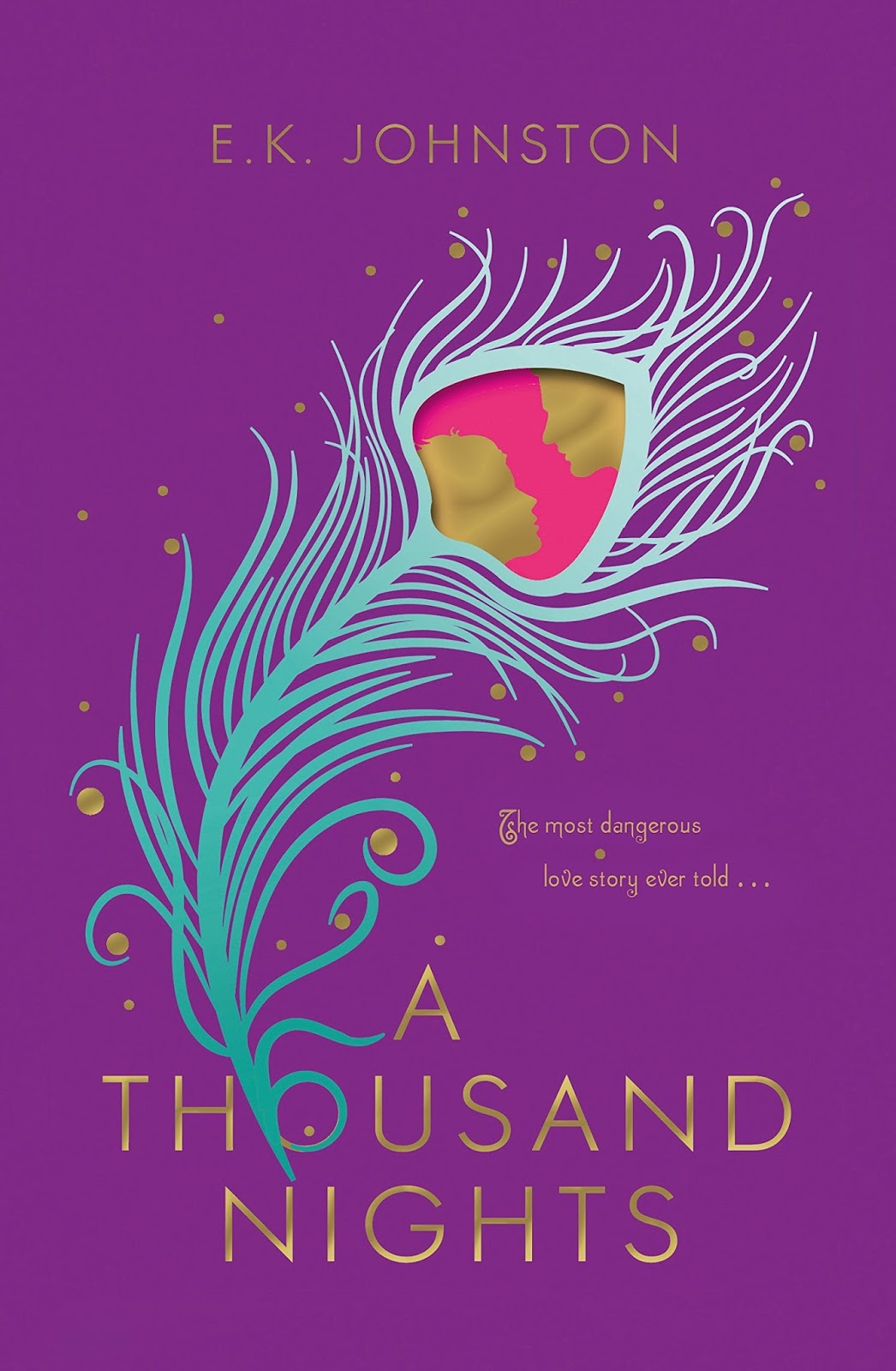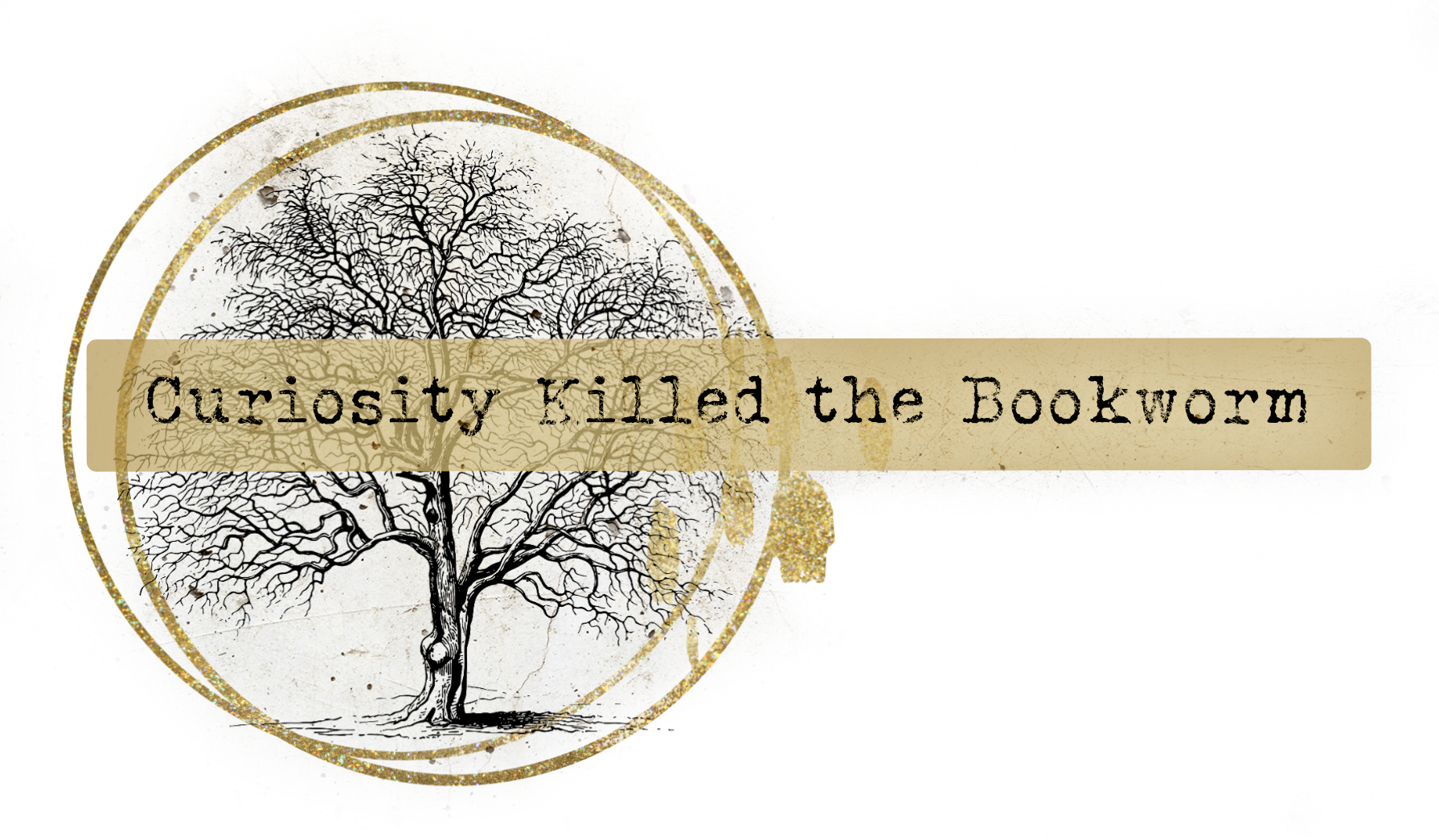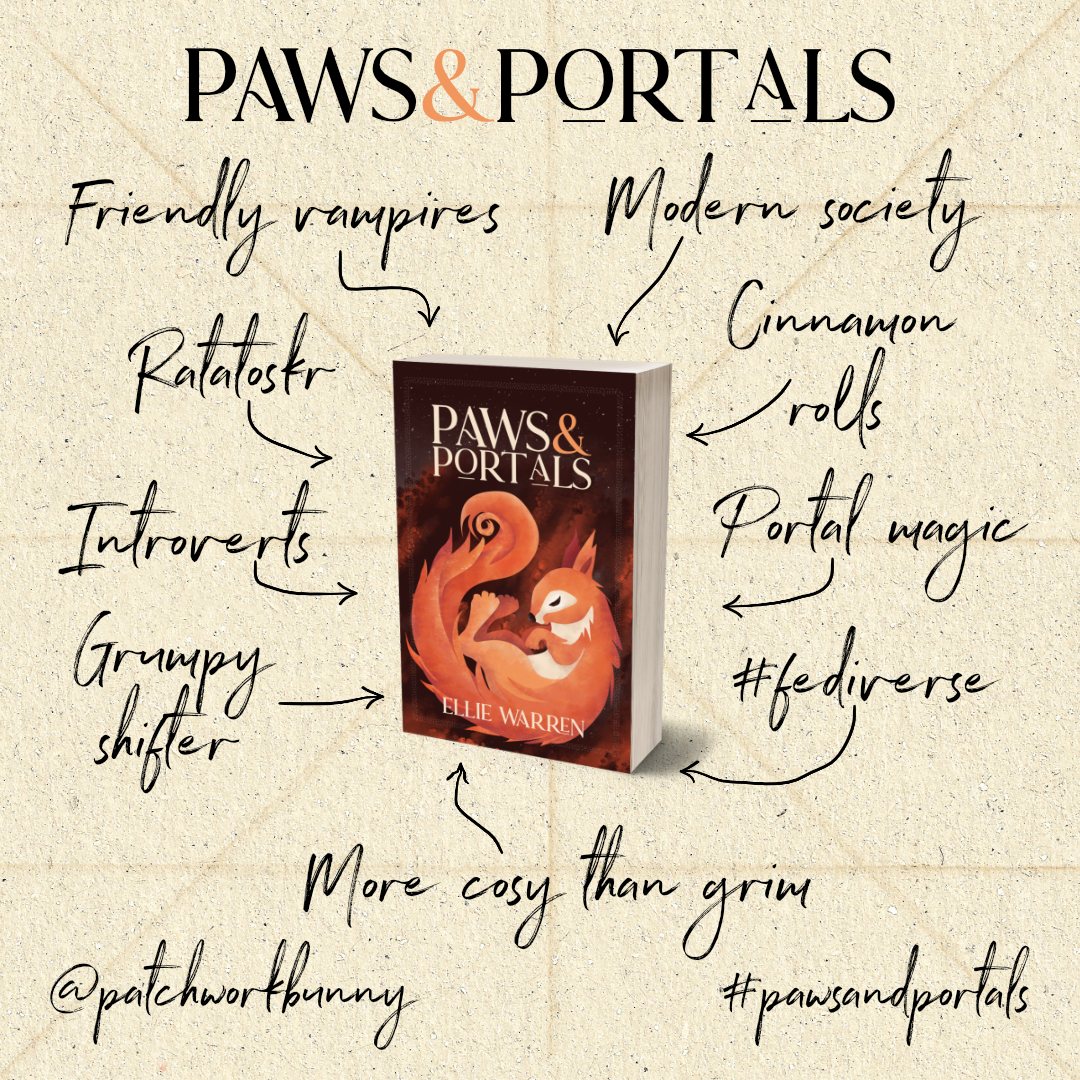 Lo-Melkhiin had killed 300 girls when he came to her village looking for his latest bride. Some girls lasted weeks, some just one night. Her sister is the pride of her tribe and she knows she will be the one he chooses. So instead, she puts herself in his way, making him choose her. She will sacrifice her life for her sister. Yet she survives the first night, and the next…
Lo-Melkhiin had killed 300 girls when he came to her village looking for his latest bride. Some girls lasted weeks, some just one night. Her sister is the pride of her tribe and she knows she will be the one he chooses. So instead, she puts herself in his way, making him choose her. She will sacrifice her life for her sister. Yet she survives the first night, and the next…
I turned my heart to stone, and climbed into bed with the viper.
In the original story of One Thousand and One Nights, the king marries a virgin each day and kills her the next so she will never have the chance to be unfaithful to him. In order to postpone her fate, Scheherazade tells him stories, making sure she goes to sleep before reaching the end of each. Perhaps a bit too dark for a young adult novel, so instead the king of A Thousand Nights is possessed by a demon, one who feeds off his brides. Rather than delaying her death through stories, the narrator is protected by a much greater power.
The characters are mostly unnamed, known by their relationships to one another. The king, and a few others, are named showing their importance in society and that they could be identified by many. In a tribe you would only know family members, so they are referred to them that way.
I liked the incorporation of the small gods, it reminded me a little of those from the Discworld novel of the same name. That the gods are something that can be called into being through the power of belief and worship. Usually the shrines would be created to honour the dead, but the sister promises to start the narrator’s shrine whilst she still lives. The story, in part, explores what happens when you give the power of belief to a living soul.
It shows that the author has spent time in the desert, the depictions of life in the sand and heat were excellent. The style isn’t one of a modern teen telling the story, it has much more of a fairy-tale bent to it. The ending refers to the tradition of oral storytelling, before books were commonplace. Stories would evolve over time and be passed on to new generations, adapting to their needs. There is an inference that perhaps our unnamed protagonist was Scheherazade but her story had evolved to be the one we know now.
I bought this book because of the stunning, standard edition designed by Marci Senders. It has gold patterned edging on the pages and a beautiful image-wrap underneath the dust cover. The peacock feather has a window cut out to view a glimpse of the lovers underneath. The design is beautifully fitting to the book too, with the opulence of the Persian royalty. After all, one of the things traded by the protagonist’s tribe was purple dye; something that only the richest could afford.
Goodreads | Amazon | Waterstones | Hive | Wordery
Also reviewed @ A Dream of Books
Book Source: Purchased
Related posts
1 Comment
Leave a ReplyCancel reply
This site uses Akismet to reduce spam. Learn how your comment data is processed.







I love when the descriptions of the physical locations are spot on! It makes you feel like you are right there!
Missie @ A Flurry of Ponderings Enter my 2nd Annual Blogoversary Giveaway